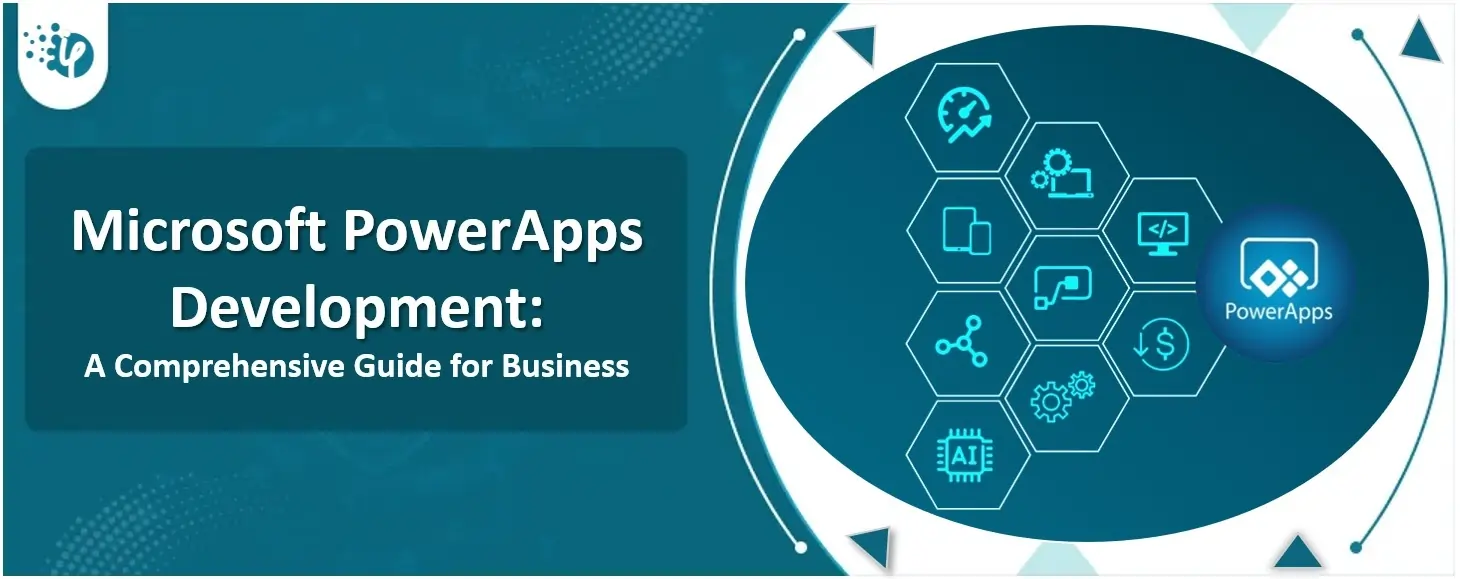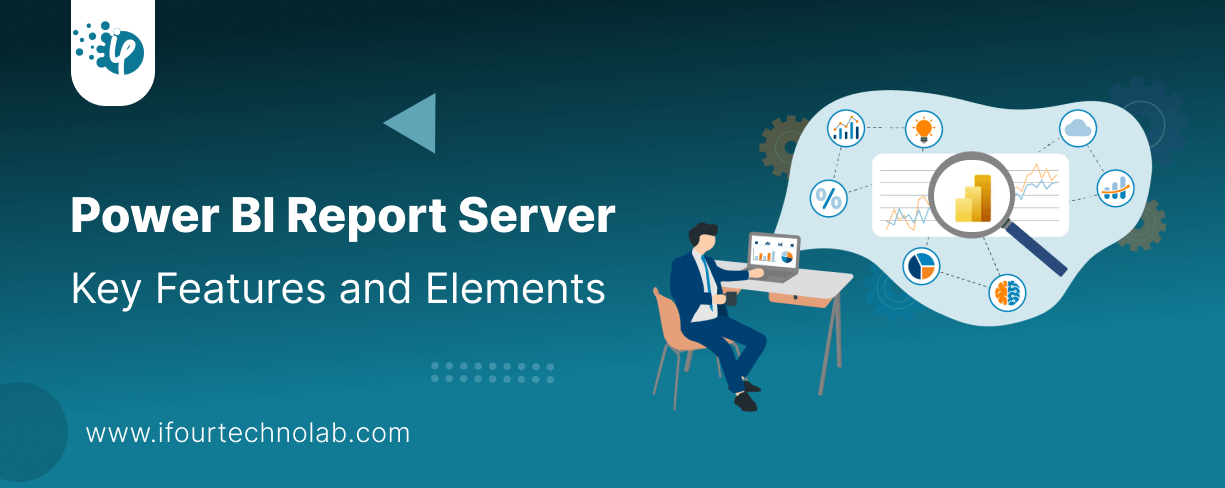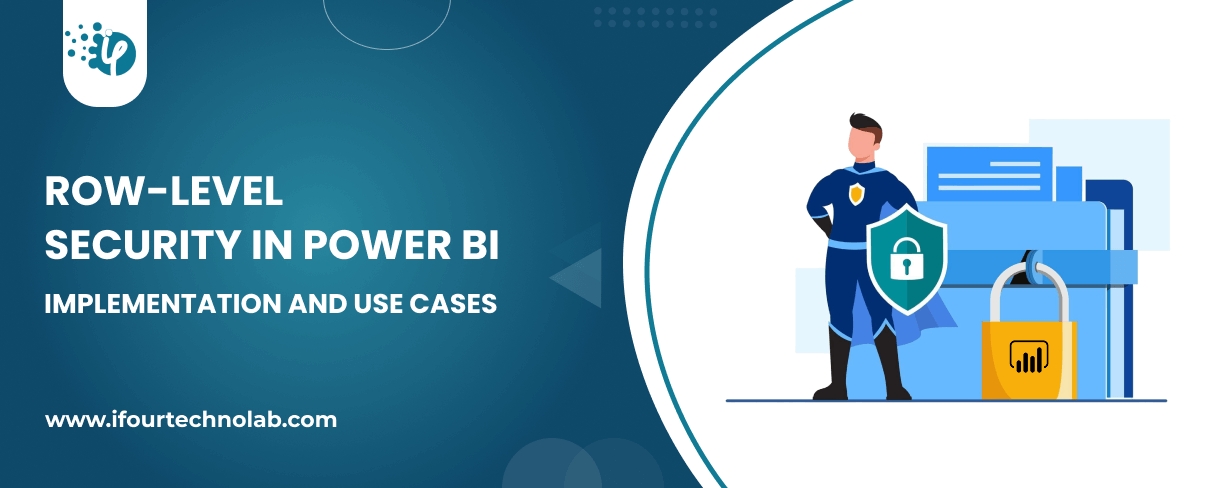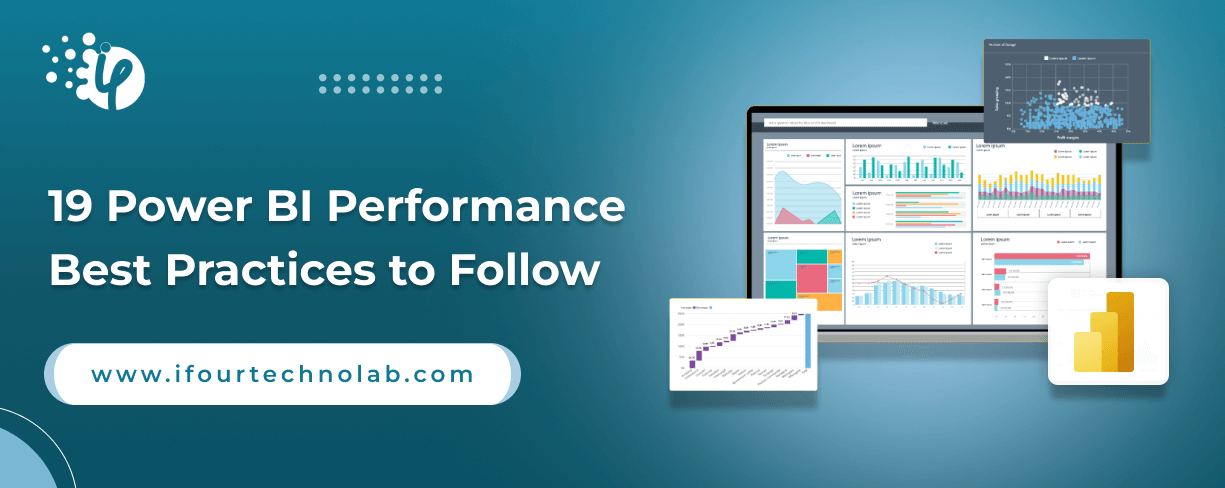Power BI Report Server: Key Features and Elements
Every CTO knows the struggle of managing complex reports. The inefficiency of scattered data, the constant juggling between reporting tools, the challenge of ensuring accurate KPIs...
Kapil Panchal - December 20, 2023
Listening is fun too.
Straighten your back and cherish with coffee - PLAY !

Microsoft Power Apps is a rapid application development platform designed for non-tech users to create custom applications using low code development services (a set of apps, services, and connectors). Its uniqueness stems from the fact that it combines self-service analytics, no-code/low-code development, and power automation, all in one place.
You might be surprised to learn that Microsoft Power Platform has reached a big milestone, with over 20 million regular users, including a community of 7.5 million developers that constantly use its capabilities for new activities. It is one of the rare platforms that has received such attention. Microsoft PowerApps being an important part of this makes it more exciting.
Microsoft Power Apps continues to be the top favorite for many businesses due to its easy-to-use features and seamless integration. It is fascinating to know that it is among the top ten leading No-code development platforms and has been extending its reach far beyond traditional coding. CTOs and C-level executives who often look for rapid deployments for A/B testing can take advantage of Power Apps consulting services. This not only helps them with quick modifications but also saves business time.
The scope of PowerApps lies in its ability to empower individuals, regardless of their technical background, to design and deploy applications with remarkable ease.
It is not necessary that Applications can only be built by developers. Use PowerApps, a powerful no-code development platform that enables non-tech business professionals and other executives to proceed with custom Power pages development , breaking down the barriers of software coding. This fosters innovation in your business.
PowerApps minimizes the extensive coding requirement which is one of its favorable features. With drag-and-drop features, individuals may experience their site in real-time and resolve errors easily. This accelerates the application development process and delivers projects on time.
One of the best aspects of Microsoft PowerApps is having the power of the Microsoft ecosystem, Power Apps seamlessly integrates with Microsoft 365. This integration helps you access a myriad of data sources, from SharePoint lists to Excel spreadsheets, providing a solid and cohesive digital environment.
Yet another aspect that makes the Microsoft Power platform stand out is that application development is not limited to a single platform. Developers can design apps adapting to various screens i.e., mobile devices, desktop, and tablet. Thus, it helps businesses offer a consistent and user-friendly experience to their customers.
PowerApps is known for features that help in business process automation. From simple workflows to complex business processes, users can design apps with reduced manual efforts, and streamlined operations, enhancing overall efficiency.
PowerApps' versatility enables the creation of tailored and bespoke user experiences. Businesses may create apps that are customized to their specific requirements, ensuring that end users enjoy a smooth and intuitive interaction with the applications.
Now what sets Microsoft PowerApps apart is its scalability. From small-scale projects to enterprise-level solutions, PowerApps accommodates a spectrum of requirements. This scalability ensures that businesses can start small and expand their app portfolio as their needs grow.
In short, the scope of PowerApps breaks the complexities of traditional app development, making it accessible to a broader audience. Microsoft Power App development is a testament to its success in a new era of a no-coding approach provided with support for seamless integration, adaptability, and scalability. Now let’s understand how to build an App using Power Apps.
Now that you know why Microsoft PowerApps is known to be a powerful platform for custom business application development without extensive coding. Let’s walk through the step-by-step guide for developing an application using Power Apps.
Log in to your Microsoft 365 account and navigate to the PowerApps portal. Click on "Apps," then select "New app" to create a Canvas or Model-driven app.
Choose a layout that suits your application's purpose. Create screens for various functions (e.g., Home, Browse, Detail) and customize layouts using drag-and-drop functionality.
Add and integrate data sources like SharePoint, Excel, or Common Data Service. Map data fields to app controls and ensure proper relationships between tables.
Add buttons, input fields, galleries, and other controls as needed. Use PowerApps formulas for calculations and dynamic behaviors. Set up navigation between screens using buttons or gestures.
Choose a theme for your app and customize colors, fonts, and branding elements. Ensure a responsive design that works seamlessly on various devices.
Preview your app within the PowerApps environment and identify and fix any issues in functionality or design.
Share your app with specific individuals or groups within your organization. Publish your app for broader access.
Use PowerApps analytics to track user engagement. Gather feedback from users to identify improvements, and make necessary updates and enhancements based on feedback.
Congratulations! You've successfully developed your first bespoke application with Microsoft PowerApps. Once you get familiar with the core features and functionalities of this no-code development platform, you will understand how seamless and perfect it is for custom software development.
Although PowerApps is known for offering a secure foundation for building and deploying apps within the business, it has some challenges that shade its importance. Some of them are:
To sum up, Microsoft Power Apps development is a practical choice for efficient application development as it excels in simplicity and quick deployment. However, it's also crucial to consider its limitations in handling complex logic, customization restrictions, and scalability for larger projects. Evaluating your needs and available resources is essential to determine if PowerApps aligns with your custom software development objectives.
While it serves as an impeccable tool in suitable situations, it's important to recognize its challenges in advanced development scenarios. I hope this blog has taught you a lot about Microsoft PowerApps development and its significance in the low-code programming world. Visit our insights for more similar articles.

Every CTO knows the struggle of managing complex reports. The inefficiency of scattered data, the constant juggling between reporting tools, the challenge of ensuring accurate KPIs...

The very first reason why you should implement Row Level Security is to foster trust, a crucial element for any business's success. Next, it reduces data clutter and helps you load...

The performance of Power BI is significantly influenced by two essential factors: design consistency and the rapid loading of BI elements. This holds true whether you choose Tableau...